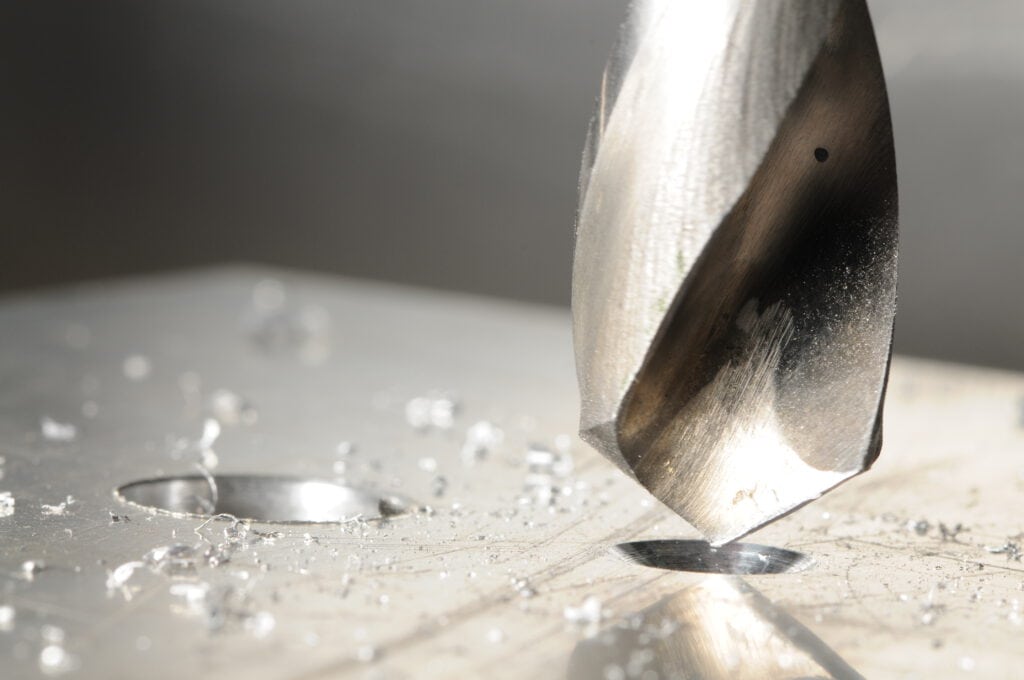If you look at an end mill and a drill bit next to each other, you will likely notice a lot of similarities. In fact, if you aren’t sure about what the differences are, you could likely confuse the two. Both can be used in machining and are common sights on CNC setups. So, the big question is how are solid end mills different from drill bits?
Sold End Mills: Sideways Cutting
In machining, an end mill is a rotary cutting tool that has helical threads along its length. When viewed in a mill, it can look almost exactly like a drill bit in a press. However, the key difference is the type of subtractive work performed by end mills. Unlike drill bits, they are used to make sideways cuts.
In practice, most mills can actually cut both axially (like a drill press) and laterally. Thus, end mills are more versatile than drill bits in many ways. However, they tend to require ramping to prevent excess tool wear and breakage. Thus, for axial cuts, it may be preferable to use a drill bit.
As the workpiece or tool moves, material is gradually subtracted. Due to the multi-axis movement, end mills can create impressively complex results. When paired with CNC, the results are even more precise and repeatable. Of course, mills can also accept other tools such as threading inserts to offer a very high degree of versatility.
Types of End Mills
There are a number of end mill types, primarily based on the shape of the cutting surface. Some have fishtail ends that create a flat profile with their cuts. Others have ballnose ends for rounded cuts or V-carve ends for V-shaped grooves. There are many other common shapes that can be used to further enhance the versatility of end mills.
Drill Bits: Bore Straight Down
A drill bit is arguably more straight forward than an end mill. It is designed for a single type of cutting: axial cuts born directly down on the material. Compared to an end mill, a drill bit is significantly less versatile. However, it can also make much more efficient holes when used for axial tool operations. Due to their more specialized purpose, drill bits are less prone to breakage and can be operated faster, more continually and more directly (there is no need for ramping).
Drill bits are also less useful for creating flat profiles. They are typically designed with conical ends to achieve greater cutting efficiency. However, this means that the bottom of the drilled hole will also have a conical shape. Thus, for achieving specific profiles, even with axial cuts, a mill may be the better choice. However, there are some flat profile bits, particularly diamond bits.
Find the Right End Mills or Drill Bits for Your Needs
With the right end mills and drill bits, you can achieve the best possible results for your workpiece. It is also helpful to use planning tools such as a speed and feed calculator. As with any other type of work, machining can benefit greatly from good planning and measurement before you make a cut. Learn more today.
